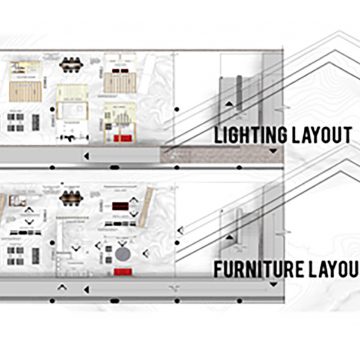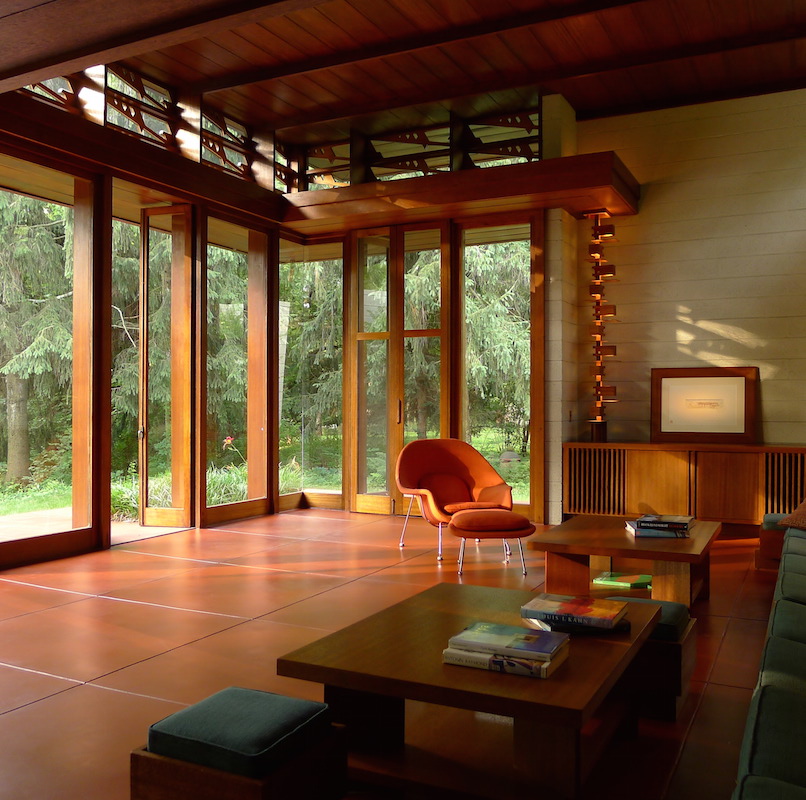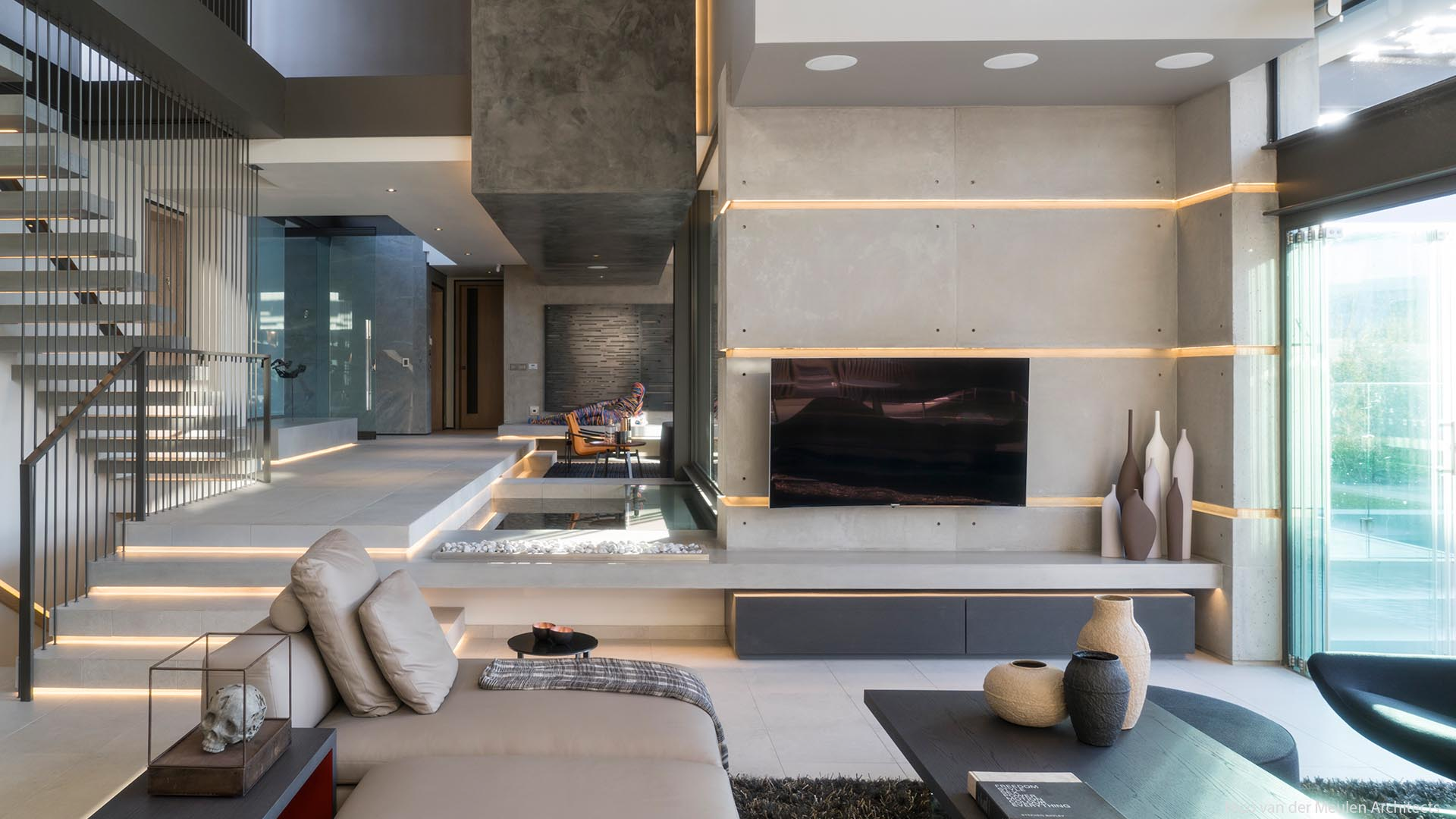Explore Expert Hampshire Design Professionals for Your Next Project
Explore Expert Hampshire Design Professionals for Your Next Project
Blog Article
The Art of Equilibrium: Exactly How Interior Design and Home Engineer Collaborate for Stunning Results
In the world of home layout, striking a balance between aesthetics and performance is no tiny feat. This fragile stability is attained via the unified partnership in between interior designers and designers, each bringing their one-of-a-kind knowledge to the table. Remain with us as we explore the ins and outs of this joint process and its transformative effect on home style.
Recognizing the Core Distinctions In Between Interior Design and Home Design
While both Interior Design and home style play essential roles in producing visually pleasing and practical rooms, they are inherently different self-controls. Home design mostly concentrates on the architectural facets of the home, such as constructing codes, security laws, and the physical building and construction of the room. It deals with the 'bones' of the framework, collaborating with spatial measurements, load-bearing wall surfaces, and roof covering styles. On the other hand, Interior Design is much more concerned with enhancing the visual and sensory experience within that framework. It involves selecting and organizing furniture, choosing shade systems, and including ornamental aspects. While they function in tandem, their roles, obligations, and areas of competence split considerably in the creation of an unified home environment.
The Synergy In Between Home Design and Interior Layout
The synergy in between home design and Interior Design lies in a shared vision of style and the enhancement of useful aesthetic appeals. When these two areas align sympathetically, they can transform a living room from common to extraordinary. This cooperation requires a much deeper understanding of each discipline's concepts and the ability to produce a cohesive, cosmetically pleasing environment.
Unifying Layout Vision
Combining the vision for home design and interior design can create a harmonious living space that is both functional and aesthetically pleasing. It promotes a synergistic approach where building components enhance indoor style components and vice versa. Thus, unifying the design vision is essential in blending style and indoor layout for sensational results.
Enhancing Useful Aesthetics
How does the harmony in between home design and Interior Design boost useful looks? This harmony makes it possible for the development of areas that are not only aesthetically attractive however also pleasantly usable. Designers lay the foundation with their structural style, making sure that the space is practical and efficient. The indoor designer then enhances this with very carefully chosen elements that boost the appearances without jeopardizing the functionality. This unified collaboration can cause homes that are both livable and lovely. For example, an engineer may design a home with large home windows and high ceilings. The indoor designer can after that accentuate these attributes with tall plants and large drapes, respectively, hence enhancing the visual appeal while preserving the sensible benefits of all-natural light and space.
Value of Cooperation in Creating Balanced Spaces
The collaboration between interior designers and architects is pivotal in creating well balanced rooms. It brings consistency in between layout and style, offering birth to rooms that are not just visually pleasing however likewise functional. Exploring successful collaborative strategies can give understandings right into exactly how this synergy can be efficiently achieved.
Harmonizing Layout and Style
Equilibrium, a necessary element of both Interior Design and design, can only really be achieved when these 2 fields work in harmony. This consistency is not just a visual consideration; it affects the functionality, durability, and ultimately, the livability of a room. Interior designers and designers must recognize each various other's duties, appreciate their knowledge, and communicate properly. They need to consider the interaction of structural components with decor, the circulation of spaces, and the influence of light and color. This joint process causes a cohesive, well balanced style where every component adds and has a function to the overall visual. For that reason, integrating style and style is not nearly creating beautiful areas, yet about crafting rooms that work perfectly for their residents.
Effective Joint Approaches

Situation Researches: Effective Combination of Design and Design
Taking a look at a number of instance researches, it comes to be noticeable just how the effective assimilation of Interior Design and style can change a room. The Glass Residence in Connecticut, renowned for its minimalistic style, is one such instance. Designer Philip Johnson and interior designer Mies van der Rohe collaborated to create an unified equilibrium in between the interior and the structure, resulting in a smooth circulation from the exterior landscape to the inner living quarters. Another prototype is the Fallingwater House in Pennsylvania. Architect Frank click here Lloyd Wright and indoor developer Edgar Kaufmann Jr.'s collective efforts result in an amazingly special home that mixes with its all-natural environments. These study highlight the profound influence of an effective design and architecture cooperation.

Getting Rid Of Difficulties in Style and Design Cooperation
Despite the indisputable benefits of a successful cooperation between indoor design and design, it is not without its challenges. Designers may prioritize architectural integrity and security, while developers focus on convenience and design. Efficient interaction, mutual understanding, and compromise are critical to conquer these obstacles and achieve a effective and harmonious partnership.

Future Trends: The Evolving Partnership In Between Home Architects and Interior Designers
As the world of home design read more remains to advance, so does the connection between architects and indoor developers. The pattern leans towards a more collaborative and integrated strategy, damaging without traditional duties. Designers are no longer only concentrated on structural integrity, however also involve in improving aesthetic allure - Winchester architect. On the other hand, interior developers are embracing technological elements, affecting general layout and capability. This evolving synergy is driven by developments in technology and the growing need for areas that are not just visually pleasing yet likewise practical and lasting. The future guarantees a more natural, innovative, and adaptive strategy to home style, as developers and engineers remain to obscure the lines, fostering a connection that truly symbolizes the art of equilibrium.
Conclusion
The art of balance in home style is attained via the harmonious collaboration in between indoor designers and designers. An understanding of each other's self-controls, reliable interaction, and shared vision are crucial in creating visually sensational, practical, and welcoming areas. Regardless of difficulties, this partnership promotes growth and advancement in style. As the partnership in between home designers and indoor developers progresses, it will certainly proceed to form future patterns, improving comfort, effectiveness, and personal expression in our space.
While both interior layout and home design play necessary functions in creating aesthetically pleasing and useful areas, they are inherently different techniques.The harmony between home architecture and indoor style lies in a common vision of style and the enhancement of functional appearances.Merging the vision for home design and interior style can create an unified living area that is both functional and visually pleasing. Therefore, unifying the design vision is crucial in blending architecture and indoor design for spectacular results.
Just how does the synergy in between home design and indoor layout enhance useful looks? (Winchester architect)
Report this page